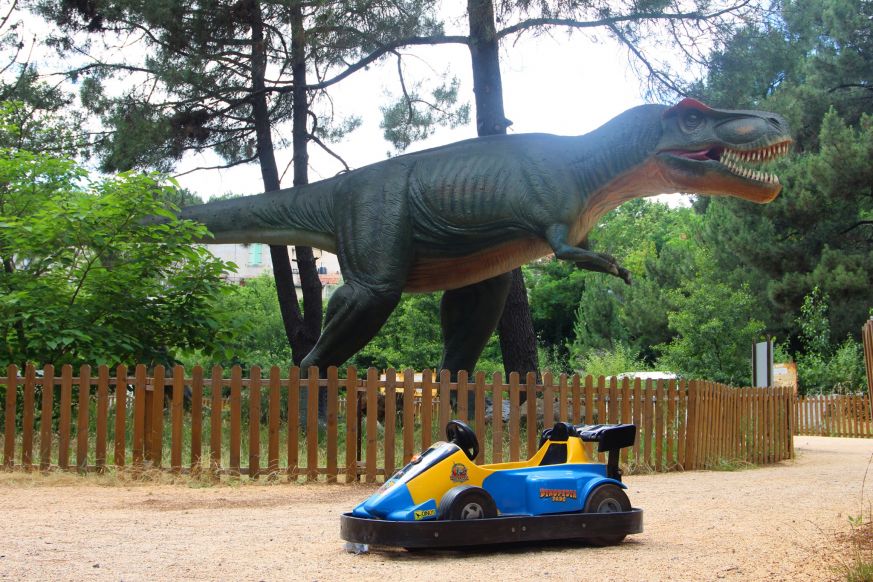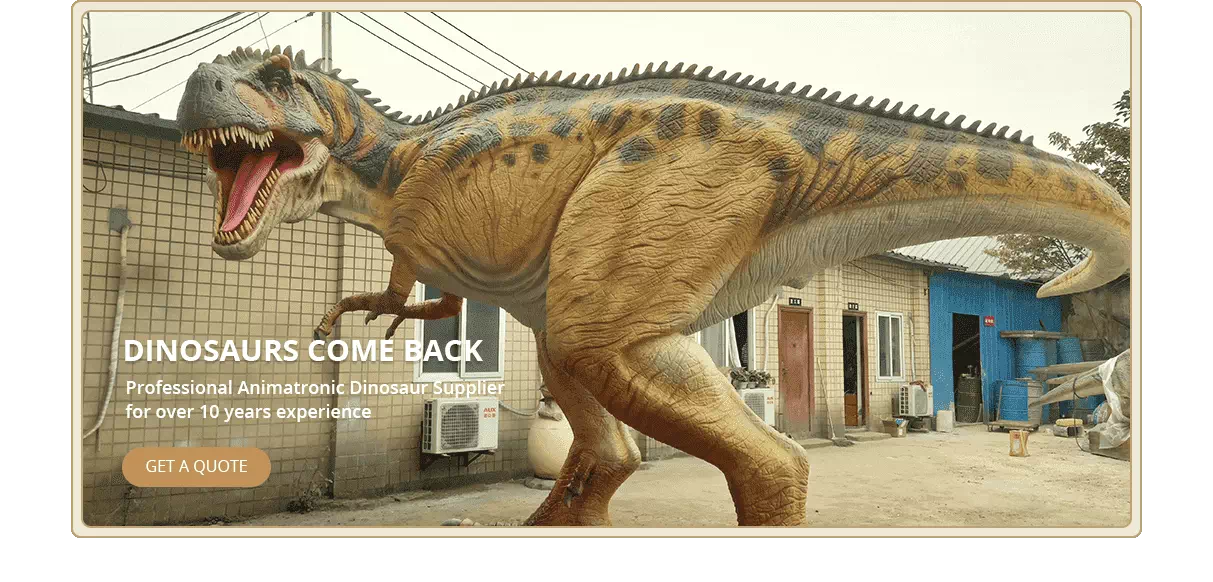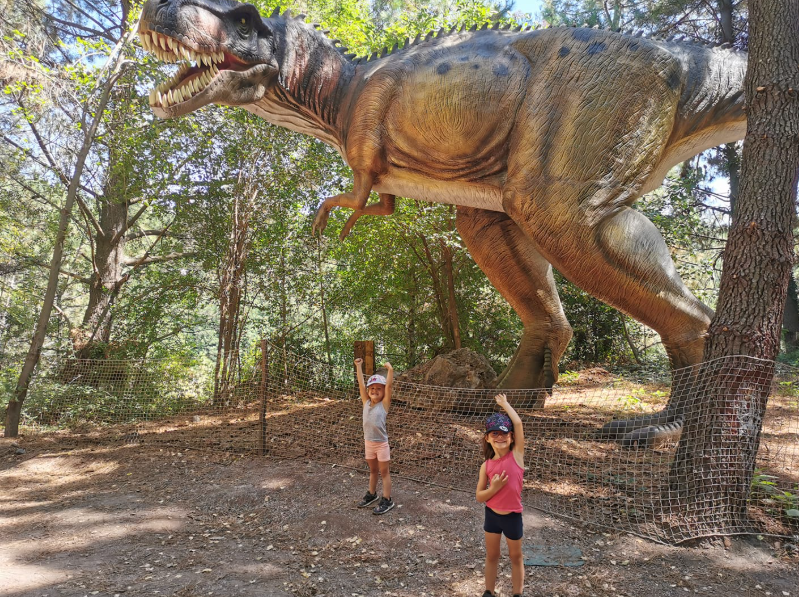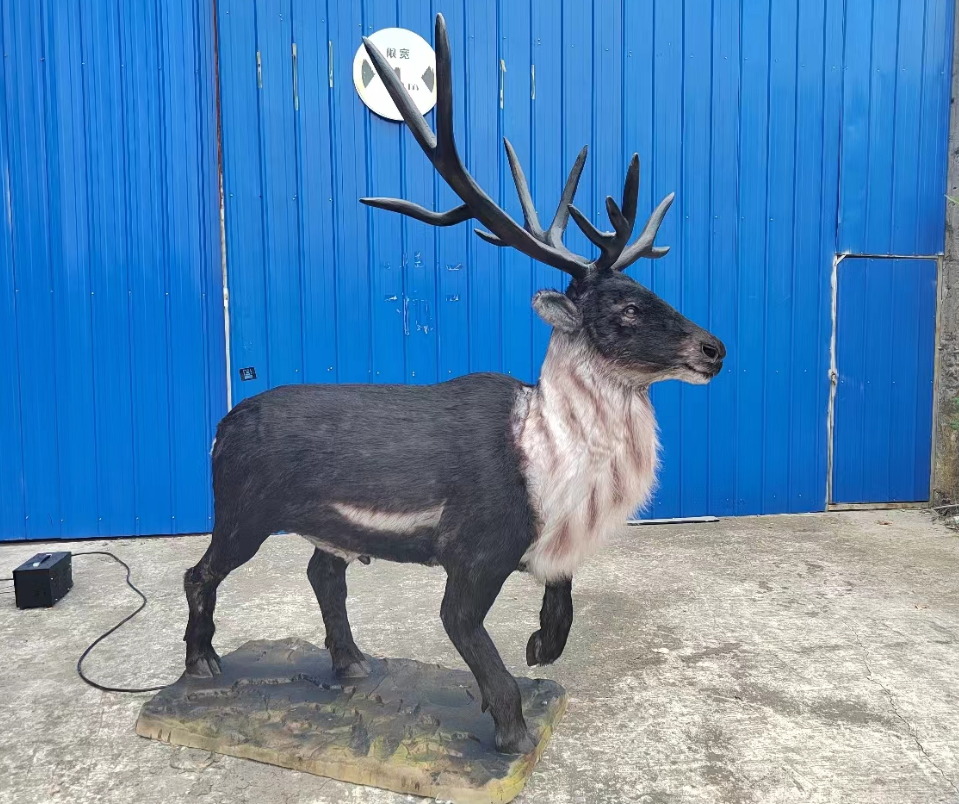The Role and Benefits of Animatronic Animals
Animatronic animals, or robotic creatures designed to mimic the movement and appearance of real animals, have become an essential component in a variety of industries, from entertainment and theme parks to education and marketing. With advances in robotics, animatronics have evolved significantly, offering more lifelike motion and realistic behavior. These mechanical animals bring imagination to life, offering audiences unique experiences that combine entertainment, education, and technology. In this article, we’ll explore the role and benefits of animatronic animals in different sectors and how they’ve transformed the way we interact with technology and nature.
1. The Evolution of Animatronic Animals
The concept of animatronics dates back to the early 20th century, but it wasn't until the 1960s that animatronics became a prominent feature in film and theme park attractions. Early animatronic animals were often crude mechanical creations with limited movement. However, with the development of more sophisticated electronics, hydraulics, and computer programming, modern animatronic animals are capable of incredibly lifelike movements, from blinking eyes and swaying tails to full-body gestures.
Today, animatronic animals are used in a variety of settings, from cinematic masterpieces like Jurassic Park to theme park rides at Disney and immersive educational experiences. Thanks to cutting-edge technology, animatronic animals now offer realism that entertains, educates, and even provides a degree of emotional connection for audiences.
Realistic an Imatronic Bear Sculpturefor Exhibition and Education
2. Animatronic Animals in Entertainment
One of the most common uses of animatronic animals is in the entertainment industry, especially within theme parks and film. Here, they serve as a critical tool for creating lifelike, immersive experiences that transport audiences into fantastical worlds. Whether it's a prehistoric dinosaur or a forest full of magical creatures, animatronics help to tell stories that would be impossible with live animals alone.
2.1. Theme Parks and Attractions
Theme parks, particularly those run by companies like Disney, Universal Studios, and others, are some of the biggest users of animatronic animals. These creatures can appear in everything from ride attractions to interactive shows. For example, the "Pirates of the Caribbean" ride at Disney features numerous animatronic characters, including animals, that react to the environment and the actions of visitors. Animatronic animals also populate safari-themed attractions like Disney's "The Jungle Cruise," creating dynamic interactions for visitors. These animatronics contribute to creating a sense of awe and wonder, helping visitors feel like they are truly part of the world around them.
2.2. Film and Television
In movies and television, animatronic animals have been used extensively, especially in genres like science fiction, fantasy, and adventure. Films like "Jurassic Park" utilized animatronic dinosaurs alongside CGI to deliver a more tangible, tactile experience for the audience. These animatronics allow actors to interact with realistic creatures, creating more believable performances. Similarly, in TV shows, animatronics are used to bring creatures and characters to life in a way that is often more practical and cost-effective than using CGI alone.
3. Animatronic Animals in Education
Animatronic animals have also found a place in educational settings, where they play a crucial role in enhancing learning experiences. These robotic creatures bring an element of fun and engagement to subjects like biology, ecology, and paleontology, helping students connect with concepts in a more interactive way.
3.1. Museum Exhibits
Many museums, particularly natural history and science museums, have incorporated animatronic animals into their exhibits. These lifelike models of extinct species or endangered animals offer a more dynamic, interactive learning experience. For instance, a dinosaur exhibit with animatronic creatures can allow visitors to witness a realistic simulation of prehistoric life. Animatronic models of endangered animals can also teach visitors about conservation efforts, showcasing how these creatures behave in their natural habitats.
3.2. Zoos and Aquariums
Zoos and aquariums use animatronic animals to supplement their live animal exhibits. These robotic animals often serve as stand-ins for species that are difficult to maintain in captivity, such as large predators or deep-sea creatures. Animatronics are also used to create interactive displays that allow visitors to learn about wildlife conservation, animal behavior, and environmental issues in an engaging way.
4. Animatronic Animals in Marketing and Advertising
In the world of marketing, animatronic animals are increasingly being used to grab attention and create memorable experiences for consumers. From retail displays to large-scale advertising campaigns, animatronics are helping brands tell compelling stories and make a lasting impact on their audience.
4.1. Retail and Shopping Experiences
Retailers have found animatronic animals to be an excellent way to create an immersive shopping experience. Imagine walking into a store and encountering a lifelike robotic animal that responds to your movements or interacts with products. These types of displays can capture the attention of customers and help create a sense of wonder. For example, an animatronic bear might promote outdoor gear in a sporting goods store, or a robotic elephant might be used to highlight sustainable or eco-friendly products.
Realistic Artificial Animatronic Reindeer Model for Christmas Decoration
4.2. Brand Mascots and Events
Brands are increasingly using animatronic animals as mascots to engage with customers at events, trade shows, and product launches. These mascots often appear at promotional events, interacting with attendees in real time. Whether it’s a giant animatronic panda promoting environmental causes or a lifelike lion for a zoo-sponsored campaign, these creatures help create a memorable brand experience that drives consumer engagement.
5. The Benefits of Animatronic Animals
Animatronic animals offer numerous benefits across various sectors, from entertainment to education to marketing. Here are some of the key advantages of using animatronics:
5.1. Realism and Immersion
Animatronic animals offer a level of realism that cannot be achieved with static models or even some forms of CGI. Their movement, sound, and behavior can mimic real animals closely, creating a more immersive experience for audiences. In theme parks, museums, or film productions, this realism makes it easier to engage the audience and bring them into a different world, whether it's a prehistoric jungle or an underwater adventure.
5.2. Safety and Practicality
Using animatronic animals is often safer and more practical than working with live animals. Live animals can be unpredictable, require special care, and have limitations on where they can perform. Animatronics, on the other hand, can be controlled with precision and programmed to perform specific behaviors without any of the risks associated with live creatures. This makes them ideal for use in settings where interaction is required, such as theme parks, museums, or television shows.
5.3. Conservation and Education
Animatronic animals can also play a key role in conservation education. For example, creating lifelike models of endangered species can draw attention to conservation efforts while also educating people about these animals’ behaviors and ecosystems. By showcasing the beauty of these creatures in an accessible way, animatronics can raise awareness about wildlife conservation and the importance of protecting biodiversity.
5.4. Cost-Effective and Sustainable
Although the initial cost of animatronic animals can be high, they often prove to be more cost-effective in the long run compared to live animals. There’s no need for food, housing, or medical care, and animatronics can be used repeatedly for years. Additionally, they can be reused and reprogrammed for various purposes, making them sustainable in both cost and environmental impact.
6. Future of Animatronic Animals
The future of animatronic animals is incredibly promising. As technology continues to advance, animatronics will become even more realistic, with improved artificial intelligence (AI) capabilities, more intricate movements, and enhanced interactivity. In the coming years, we can expect to see animatronic animals that can respond more dynamically to human interaction, creating deeper emotional connections with audiences. The development of new materials, like flexible and lightweight robotics, will also lead to more lifelike, accessible designs that can be used in a wider range of industries.
Conclusion
Animatronic animals play an important role in a variety of industries, enhancing entertainment, education, and marketing in unique and innovative ways. By offering realism, safety, and interactivity, they help create unforgettable experiences for audiences while also providing educational and promotional benefits. As technology continues to advance, animatronic animals are set to become even more integral to the world around us, offering new ways to connect with nature, history, and imagination.
Want to dramatically increase your store's traffic and customer dwell time? Then our realistic animatronic animals will be a good choice for you. We sell many types of animatronic animals such as jungle animals, prehistoric animals, insects, and birds. The museum quality and perfect appearance of the design gives a realistic feeling and a vivid and pure artistic sensation.
Click here to learn more about Animatronic Animals!

















